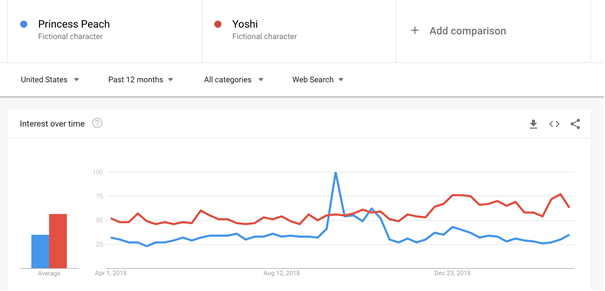TNS Experts
This post was submitted by a TNS experts. Check out our Contributor page for details about how you can share your ideas on digital marketing, SEO, social media, growth hacking and content marketing with our audience.
We are going to pull back the curtain on how one can able to create so many topics and define what it means to select excellent article topics. The below-mentioned tips will be helpful.
A well-maintained blog is a great tool for a brand to have in its arsenal. Though it can provide many benefits — like enhancing emails and social media activity — I’m of the mindset that blogs are primarily an SEO asset. If done correctly, they can capture new readers and answer their questions, strengthening brand association amongst relevant audiences.
However, many brands miss the mark when executing their posts. Missteps I encounter include short experiences, subpar design and visuals, and superficial insights.
However, as an SEO professional with 7+ years, I believe the gravest mistake companies make is to choose the wrong topics. Below are four tips to help you find content ideas that attract and engage the right audience.
Blog topics’ primary objectives should be to attract new relevant audiences, as well as to strengthen the brand’s relationships with existing clients by reinforcing its standing as an industry leader. However, a surprising amount of companies disregard their brand’s main purpose when brainstorming topics.
This is a waste of resources for the following reasons:
To summarize, use keyword data to find out what questions and topics interest your target audience. Consider whether you have the knowledge to provide a quality answer, as well as whether the content will further strengthen perceived brand authority in your chosen space.
As an example, Axos Bank wrote How Much Money Should I Keep in Savings. Unlike the previously mentioned article, this provides an in-depth explanation of a common question that applies directly to their expertise.
Subsequently, it ranks on the first page of search results for terms that naturally apply to individuals wanting to learn more about banking, such as “how is savings account most useful” and “how much money should I have in my savings account.”
Nothing turns off web users more than visiting a page expecting one experience only to receive a vastly different one. If someone is seeking unbiased information or guidance, pushing your brand too hard can dissuade readers from further engaging with the page.
For example, The Travel Institute’s article How to Become a Travel Agent ranks for highly relevant information-seeking terms including “how to become a travel agent” and “travel agent requirements.”
However, upon visiting the page, it becomes immediately clear that the content doesn’t intend to answer the searchers’ questions, but rather to sell their services. This immediately makes the reader mistrust the messaging.
In contrast to the above, Intercoast.edu offers the short-and-sweet post How to Become an Electrician: 5 Easy To Follow Steps in which it addresses the visitors’ driving question, saving self-promotion for the ending. By meeting readers’ expectations when they first visit the page, they’re more likely to improve engagement.
In short, don’t try to sell someone who is not ready to be sold. As Joel Widmer noted in his post How to Write Magnetic Blog Posts That Attract Your Best Prospects, “I believe in having a call to action in your content, but it should guide your prospect to take the next logical step, which usually isn’t to buy right away.”
You should have a wealth of data at your fingertips, so make sure to harness it in a way that yields valuable insights! Use this information to understand what topics interest your audience, what repels them, and what nurtures additional engagement. Example metrics to examine include:
Leverage these metrics to understand how visitors like your content, as well as topics in which your current and new audiences would want to view more.
Search volume is a great way to gain visibility into relevant topics matter most to your audiences. However, there are other factors to consider beyond merely the monthly search volume, such as:
To find a list of questions that relate to your expertise (and maybe more long-tail), I recommend the tool Answer the Public.


For example, burgundy shoe men generate 2,900 monthly searches while oxblood shoe men generate 390 monthly searches. Google is savvy enough to treat these semi-interchangeably within search results.
However, this data shows that men are more likely to know “burgundy” and, perhaps being unfamiliar with the term “oxblood,” are more likely to click on the more popular color name.

I can best summarize the four points above with the single directive to make your readers’ on-page experience the top priority. Use data to understand their interests, and speak to topics for which you can provide expert-level insights. Such efforts will naturally yield improved KPIs, including search engine visibility, traffic, and engagement.
Author: Rachel Lowe
You’ll also receive some of our best posts today

This post was submitted by a TNS experts. Check out our Contributor page for details about how you can share your ideas on digital marketing, SEO, social media, growth hacking and content marketing with our audience.

Mobile devices have become an integral part of our lives in this digital...
Don’t miss the new articles!